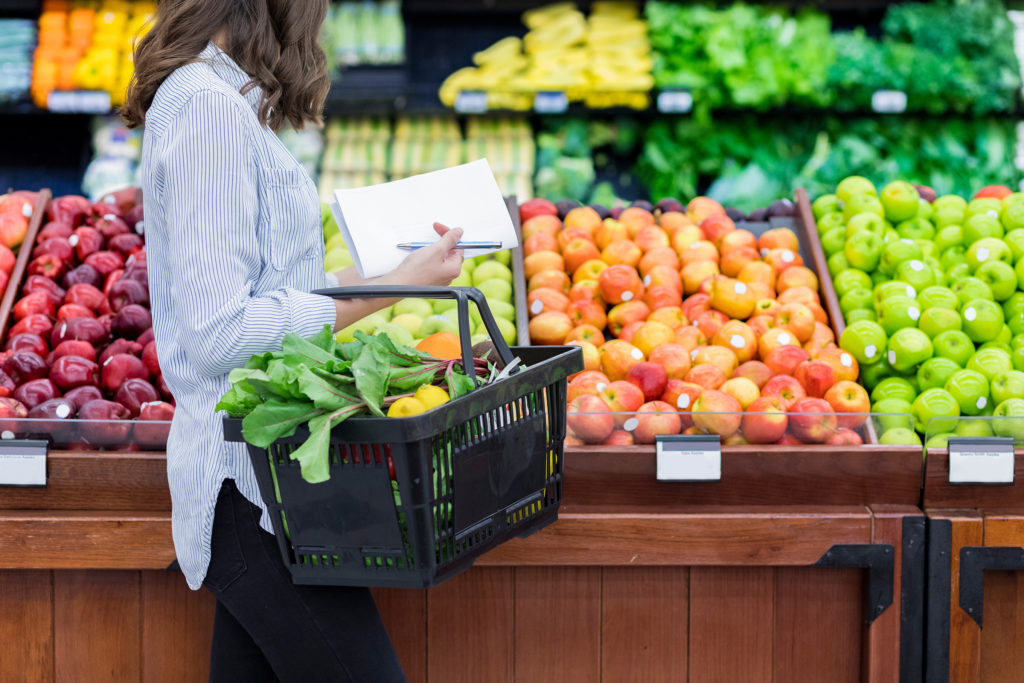Opportunity zones have been a hot topic in commercial real estate recently. You may be asking “what exactly are opportunity zones?” If you are a savvy real estate investor, here are four things you should know about opportunity zones, beginning with the textbook definition for what they are.
What are Opportunity Zones?
An opportunity zone is an economically-distressed community where investors can earn preferential tax treatment for pouring capital into in. Post-recession, some communities simply did not recover, and these particular communities have become opportunity zones. These zones are approved by the federal government and remain opportunity zones 10 years after they have been designated as so. During this time, investors have the option to defer taxes on their capital gains as long as they invest those gains into an opportunity zone fund. These funds put at least 90% of the pooled capital toward developing these opportunity zones.
This has intrigued interest from commercial real estate clients because of the increased investment opportunities and the guarantee that if the investment is in place for 10 years, the appreciation on the opportunity zone investment is excluded from future taxation.
When Should You Invest in an Opportunity Zone?
Investors are attracted to new opportunity zone investments because of the tax deferment and exclusion factor. Although, the tax reduction benefits are dependent on how long the investment is kept. If the opportunity zone fund is maintained for 5 years, there is a 10% exclusion for this deferred gain and in 7 years 10% turns to 15%.
An investor will become eligible for an increase in the basis of the fund’s investment equal to its fair market value if the investment is maintained for 10 years or more on the day that the fund investment is either exchanged or sold. This is why it is important for investors to understand that the sooner they choose to invest in opportunity zones, the faster this investment begins generating ROI.
Where Should You Invest?
According to Fundrise, the top 10 opportunity zones to invest in right now are:
- Oakland, California: West Oakland, Uptown, Jingletown, Coliseum Industrial
- LA: Downtown and South Los Angeles
- San Jose: Market Almaden, Washington Guadalupe, East Northside, Jackson Taylor, Mayfair
- San Diego: Golden Hill, South Park, Barrio Logan
- Seattle: Beacon Hill, International District
- Portland: Pearl District, Central Eastside
- Phoenix: Downtown, Tempe, Chandler, Mesa
- Nashville: East Bank, Five Points, 12 South, Edgehill
- Atlanta: Bankhead, Grove Park, English Avenue
- New York City, Brooklyn
Every opportunity zone will have different needs, so the best option is to find an area that has needs in a sector you are familiar with.
How Should You Invest in Opportunity Zones?
When investing in an opportunity zone, you should consider expanding upon your traditional ideas and putting your capital gains to work. You may not initially think that diversifying your portfolio with assets may yield a lower potential return is a wise choice, but opportunity zones will mix things up. The tax benefits you receive will let you as an investor take a lower pre-tax return on this diverse asset and you will end up achieving a higher post-tax return. This can help promote new projects in these areas that need the work, attention, and expansion.







